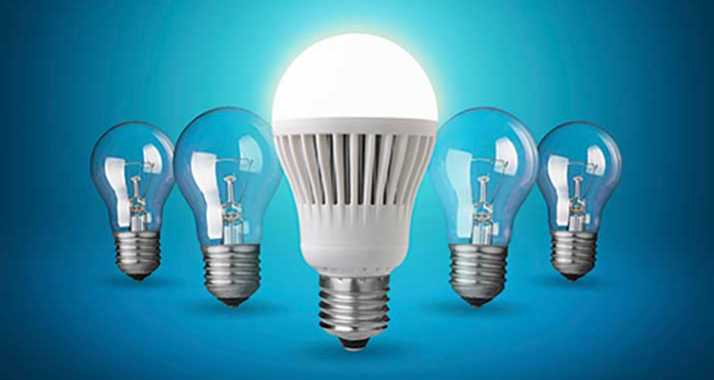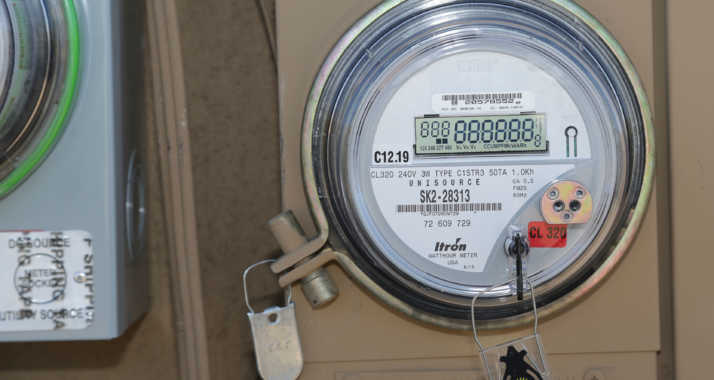
The average family spends about six hours running the washing machine and dryer each week. Those energy costs can add up over time.
Here are seven tips to help you clean your clothes while cleaning up on energy savings:
- Run full loads. Washers and dryers use roughly the same amount of energy regardless of the size of the load.
- Wash in cold water. Water heating accounts for about 90 percent of a washing machine’s energy use. Consumer Reports agrees: Washing in cold water typically gets the job done. Use hot water for heavy dirt and stains or to kill bacteria when family members are sick.
- Use the high spin speed option if you have one. The less moisture in your clothes, the faster they’ll dry.
- Use sensor drying. Why make your dryer do unnecessary work? This feature shuts off your dryer when it senses no moisture. Even better: Line dry your clothes. You’ll save even more and, as a bonus, will reduce wear and tear on your clothing.
- Avoid the sanitary or maximum clean cycles. These cycles increase energy use significantly. Use them only when necessary.
- Clean the lint filter. A clogged filter raises the risk of a fire and reduces the efficiency of the dryer. If you use dryer sheets, periodically scrub the filter with a brush to remove softener buildup from dryer sheets that reduces air flow.
- Replace wisely. When your washer and dryer finally give out, replace them with ENERGY STAR® certified appliances. ENERGY STAR washers typically use up to 35 percent less water and 20 percent less energy, while energy-efficient dryers use 20 percent less energy.
Finally, it’s always good practice to consider a Time-of-Use Plan to save more energy year-round. If you can avoid running your appliances during peak times, you may be able to save even more. Check out TEP’s Pricing Planner Tool to compare plans and see which one is best for your family.






